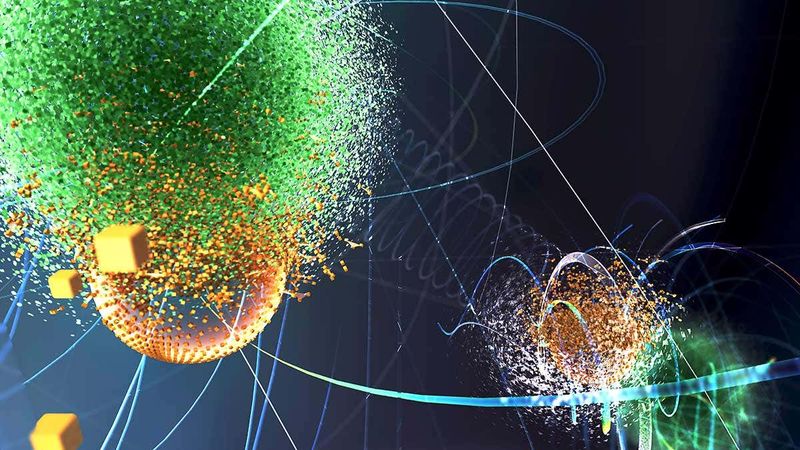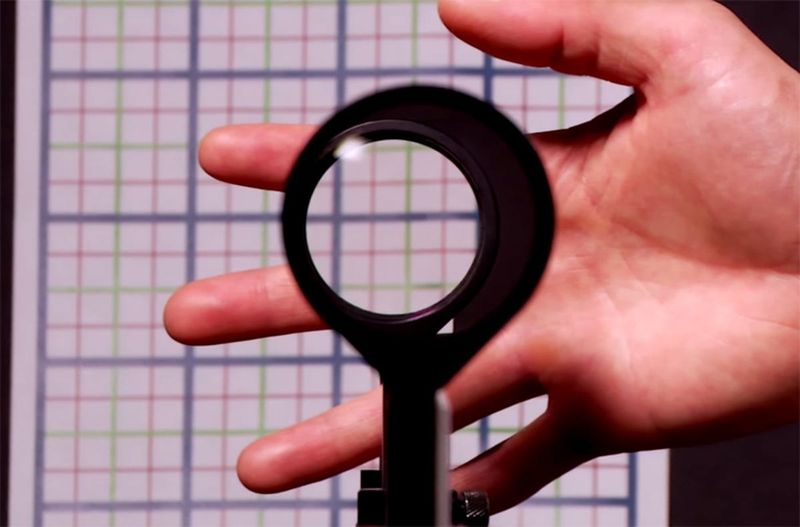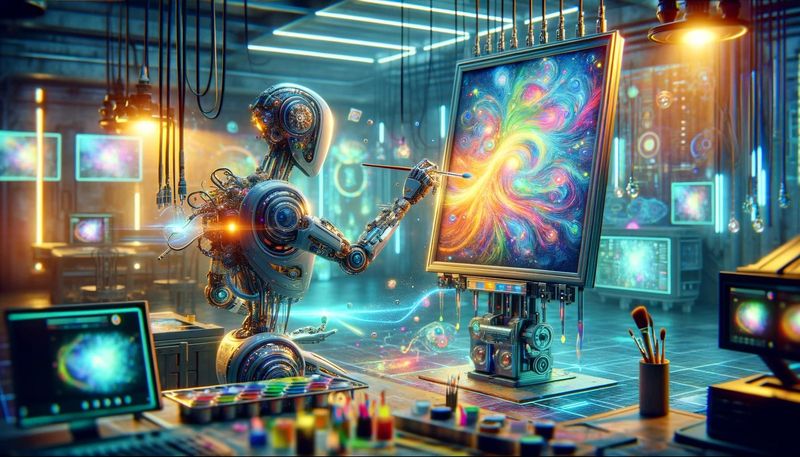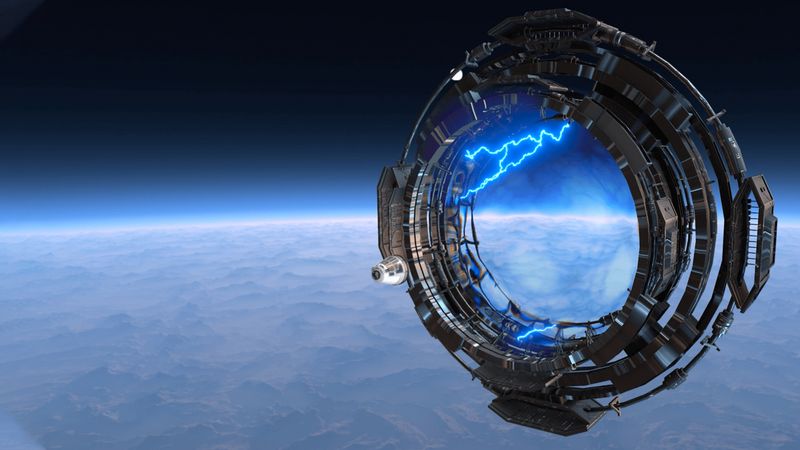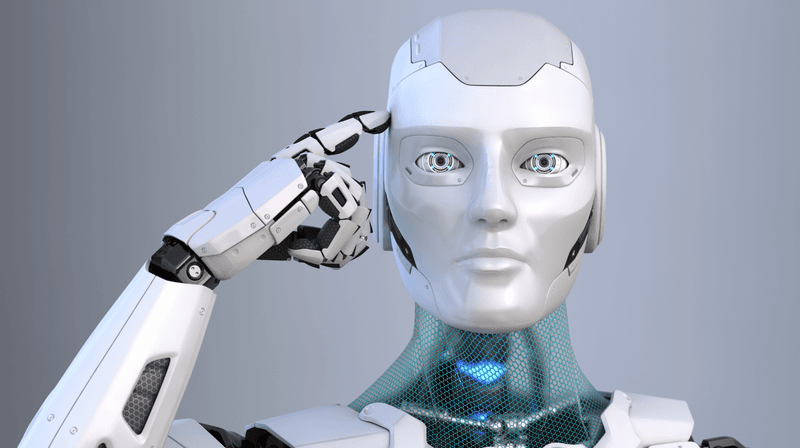Throughout history, science has continuously challenged our understanding of reality, breaking barriers and proposing concepts that seem to defy the natural order.
These 12 instances showcase moments where scientific discovery and innovation have pushed the limits of what we perceive as possible, including the mind-bending notion of reversing time.
1. Teleportation of Particles
Teleportation has long been a staple of science fiction, yet science has made it a reality on a quantum level. Researchers have successfully teleported particles across distances using quantum entanglement, a phenomenon Einstein called ‘spooky action at a distance.’
This process involves entangled particles transferring information instantaneously, defying classical physics. While not akin to teleporting humans, these experiments have profound implications for quantum computing and secure communication systems.
As scientists work to scale these experiments, the dream of teleportation inches closer to reality.
2. Cloaking Devices and Invisibility
Invisibility cloaks are no longer confined to fantasy novels. Scientists have developed materials that can bend light around objects, rendering them invisible to the naked eye.
These metamaterials manipulate electromagnetic waves to achieve this effect, fascinating physicists and military engineers alike. Though still in experimental stages, cloaking technologies have potential applications in stealth technology and optical computing.
The prospect of rendering objects invisible to detection is both exhilarating and fraught with ethical considerations, as it might redefine privacy and surveillance.
3. Creation of Miniature Black Holes
Black holes are cosmic phenomena that captivate the imagination. Remarkably, scientists have replicated these in labs, albeit on a microscopic scale.
Using powerful particle accelerators, they’ve generated conditions that mimic black hole formation, allowing them to study quantum gravity and Hawking radiation.
These miniature black holes offer insights into the universe’s most enigmatic forces and challenge our understanding of physics. While the risks associated with such experiments are debated, they undoubtedly push the boundaries of what was previously thought feasible.
4. Mind-Controlled Prosthetics
The melding of mind and machine is no longer a dream. Breakthroughs in neuroscience have led to the development of prosthetics controlled by brain signals. These advanced devices interpret neural impulses, allowing individuals to move prosthetic limbs with their mind.
This technology has transformed the lives of amputees and those with paralysis, offering newfound independence and mobility.
As research progresses, we may see even more seamless integration between human cognition and artificial devices, further blurring the line between human and machine.
5. Artificial Intelligence and Creativity
Artificial intelligence has reached a point where it can not only mimic human actions but also create art, compose music, and write. AI systems analyze vast datasets to generate original works, challenging our notions of creativity.
These machines learn and adapt, producing outputs that are indistinguishable from human creations. While some fear AI’s encroachment on human jobs, others see it as a tool that can augment human creativity.
The interplay between human imagination and AI innovation continues to redefine the boundaries of what machines can achieve.
6. Gene Editing with CRISPR
CRISPR technology has revolutionized genetics, enabling precise editing of DNA sequences. This tool allows scientists to modify genes with unprecedented accuracy, offering potential cures for genetic disorders.
By altering specific genes, researchers can correct mutations or enhance desirable traits. This ability to ‘rewrite’ genetic code poses ethical questions about human genetic engineering and potential unintended consequences.
As CRISPR continues to evolve, its impact on medicine, agriculture, and biology remains profound, heralding a new era in genetic research.
7. Reversing Time with Quantum Mechanics
Time, usually considered a one-way street, has intrigued scientists for centuries. In quantum mechanics, the notion of reversing time has found a foothold. Recent experiments have demonstrated that under certain conditions, particles can revert to a previous state, effectively ‘rewinding’ time.
This discovery challenges our fundamental understanding of causality and time’s unidirectional flow. Such research opens the door to theoretical time travel, sparking both excitement and ethical debates.
These experiments are still in their infancy, but they provide a fascinating glimpse into a future where time manipulation might be possible.
8. Tachyons and Faster-than-Light Communication
Tachyons are hypothetical particles that travel faster than light, a concept that defies Einstein’s theory of relativity.
While they remain theoretical, their existence could revolutionize communication, potentially allowing information to be sent instantaneously across vast distances. These particles challenge our understanding of space and time, offering tantalizing possibilities for future technologies.
Despite the skepticism surrounding their existence, tachyons continue to inspire physicists to explore beyond the constraints of known physics, pushing the envelope of scientific discovery.
9. Synthetic Life Forms
Creating life in the lab moves from fiction to reality with synthetic biology. Scientists have engineered cells from scratch, using chemicals to form basic life forms.
These synthetic organisms open new avenues in medicine, biofuels, and environmental science. By designing life, researchers can create organisms tailored for specific tasks, such as cleaning up pollutants or producing sustainable energy.
This field raises ethical concerns about playing ‘God’ and the potential repercussions of synthetic life escaping lab environments, challenging the limits of biological manipulation.
10. Harnessing Zero-Point Energy
Zero-point energy, the quantum energy present in empty space, offers a potential energy source that defies traditional physics. Harnessing this energy could lead to limitless, clean power, transforming energy production.
Although still theoretical, zero-point energy has intrigued scientists for its potential to revolutionize technologies.
The pursuit of this elusive energy source underscores humanity’s quest to unlock the universe’s mysteries and defy conventional energy limitations. While practical applications remain distant, the concept continues to inspire innovative approaches to energy challenges.
11. Antimatter: The Ultimate Power Source
Antimatter, the mirror of regular matter, holds immense energy potential, offering a glimpse into future power technologies. When matter and antimatter meet, they annihilate, releasing energy, a concept that’s fueled science fiction for decades.
While producing and storing antimatter remains challenging, its potential as a power source could revolutionize space travel and energy production.
The hurdles of antimatter research are significant, but the promise of harnessing this energy keeps scientists eager to overcome these obstacles. Antimatter embodies the cutting edge of energy research, pushing the boundaries of what’s possible.
12. Living Robots and Nanotechnology
The advent of nanotechnology has paved the way for living robots, designed at a molecular level to perform specific tasks.
These microscopic machines can navigate biological systems, offering new methods for disease treatment and clean-up operations. Living robots are crafted from organic and inorganic materials, blurring the line between life forms and machines.
The potential applications in medicine and environmental science are vast, prompting ethical discussions about their deployment. As these technologies evolve, living robots exemplify the innovative spirit of modern science, challenging our perception of machines.

